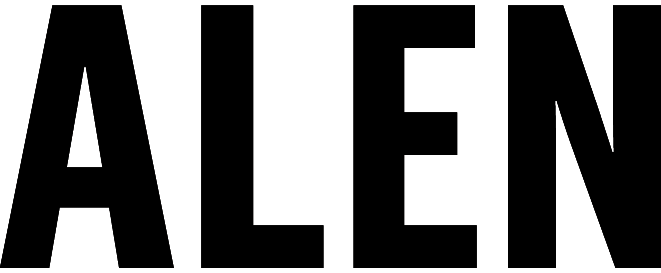Neighborhoods Now: In Conversation with Ian Gray-Stack
April 6, 2021
Catch up with Ian Gray-Stack, former Director of Community Organizing at Banana Kelly.
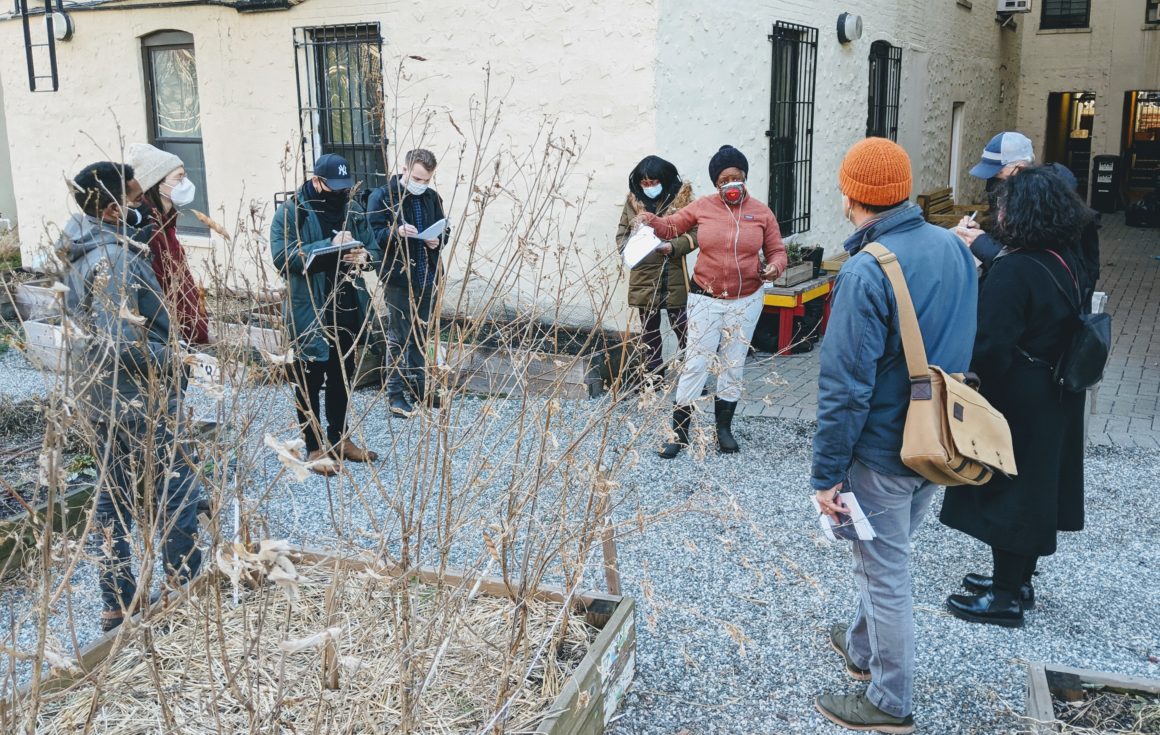
Intro
We’re excited to continue our Neighborhoods Now initiative with Asian Americans for Equality (AAFE) and Think!Chinatown in Chinatown and Banana Kelly in the South Bronx. Additionally, we expanded our partnership with Fourth Arts Block in the Lower East Side. These working groups will re-energize outdoor spaces to support community programming and cultural revitalization.
This spring, we’re chatting with representatives of each organization to learn more more about their history, some neighborhood insights, and what they hope to achieve through Neighborhoods Now. Below, catch up with Ian Gray-Stack, former Director of Community Organizing at Banana Kelly. Banana Kelly is leading our South Bronx working group, which aims to reactivate community gardens in Longwood, Hunts Point, Morrisania, and Mott Haven, allowing for safe outdoor activities and services that address neighborhood needs.
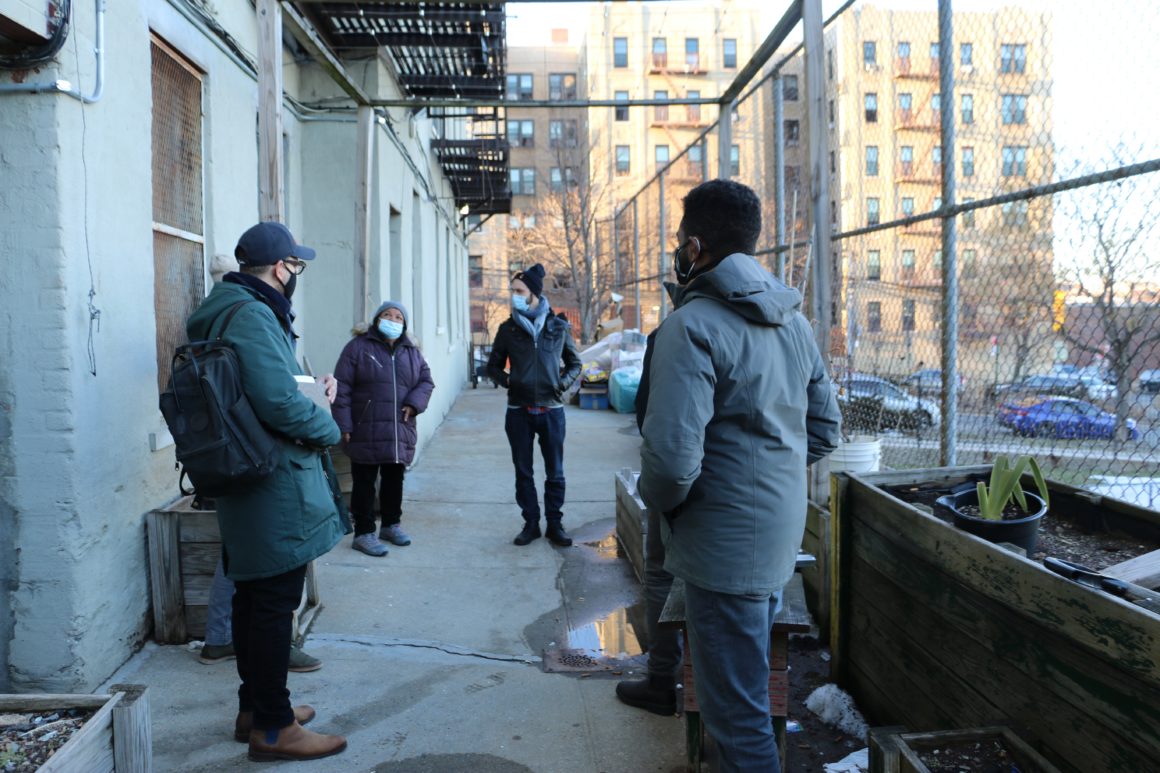

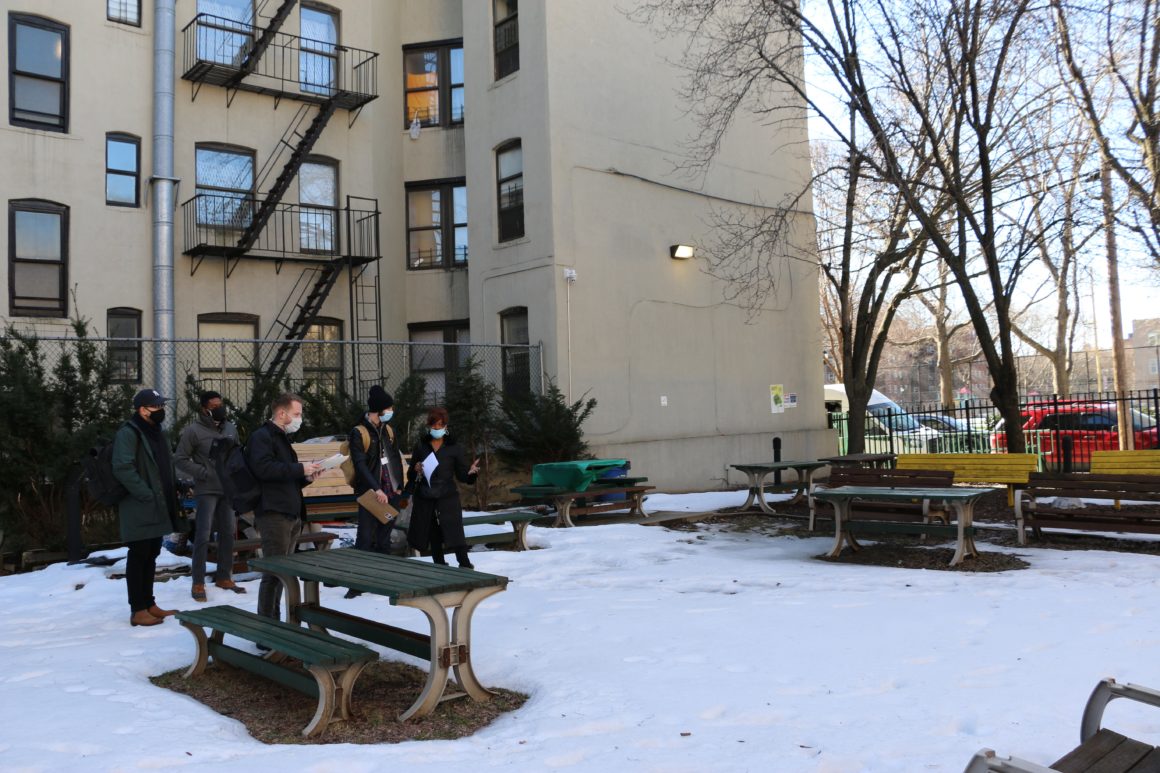
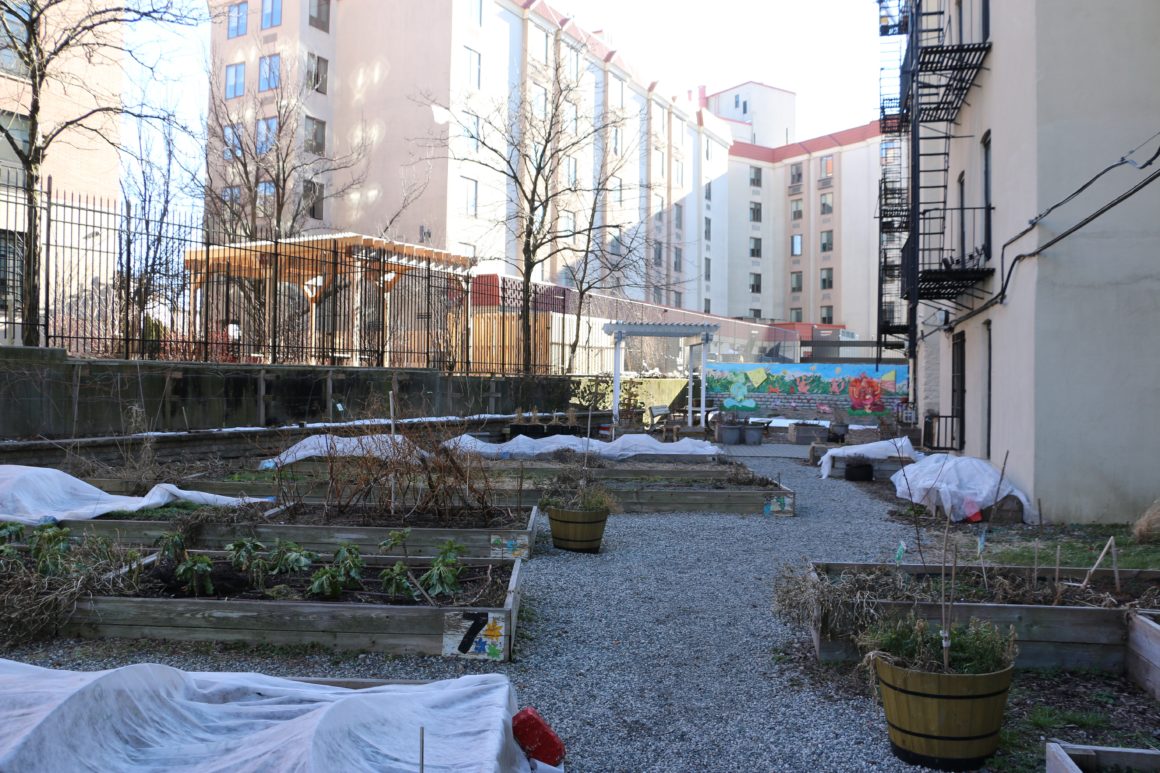
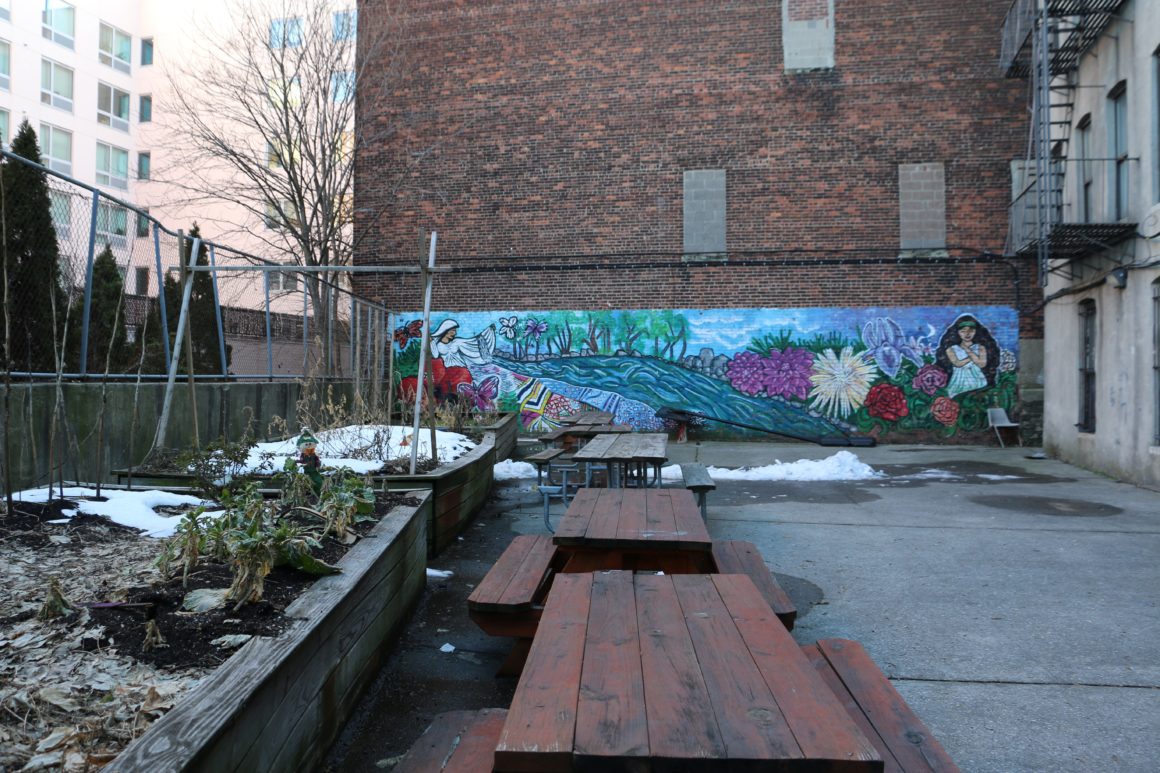
Van Alen Institute (VA): Tell us a little bit about your organization.
Ian Gray-Stack (IG): Battling city intentions to demolish every building that was not slated for renovation through a federal program, the residents on that [curved] section of Kelly Street known as “Banana Kelly” took matters into their own hands and, in 1978, “liberated” three buildings to begin the long process of rehabilitation through “sweat equity.” Over 40 years later, Banana Kelly has expanded its portfolio to around 65 affordable housing buildings across the Hunts Point and Longwood neighborhoods and continues to fight for high-quality affordable housing by organizing residents and other community members and providing the direct services and resources necessary for residents to come together and take action.
VA: What types of work has your organization been involved in and what are some issues that this community still faces?
IG: We have three main departments: property management, direct services, and community organizing. We provide tenants with wrap around services like eviction protection and rental assistance, while also organizing them into tenant associations and block associations so that they can deepen relationships with their neighbors, identify common issues, and begin to strategize possible actions that will lead to concrete changes. Several of our buildings are also connected to community gardens which serve as hubs in those areas for the work that residents are steering. Most recently, our work has focused on providing families with direct COVID-19 relief such as emergency food deliveries, PPE supplies, and virtual workshops focusing on various aspects of the current pandemic.
VA: What makes this neighborhood special?
IG: There is a lot that makes our neighborhood special, but in my personal opinion I think it’s the diverse mixture of people that has always made it such a unique place. So many different people from across the country and the globe living side by side has led to amazing new artistic and culinary creations that have gone on to become globally sensationalized: hip hop, graffiti, breakdancing, and salsa to name a few.
VA: What are some neighborhood spots that are most important to people in this community?
IG: One that jumps to mind is Concrete Plant Park, a recently redesigned stretch along the Bronx River with seating areas, a bike pathway, and diverse grasslands plants. Another important neighborhood spot is Casita Maria, which provides a wide range of youth and arts programming.
“I hope to work with residents to design short, medium, and long-term visions for each of our community gardens.”
VA: What are you hoping to achieve through this partnership?
IG: With this partnership, I hope to work with residents to design short, medium, and long-term visions for each of our 5 community gardens, as well as a plan for implementation. I’d like to use the design process to facilitate the development of garden committees and tenant associations that can help design the vision for their garden and then facilitate the implementation of this vision going forward. Right now, we have conducted site visits and have begun to formulate these visions for all of our gardens and in doing so have re-engaged some of our long-standing garden leaders. Some of the pieces of these visions will be implemented before the end of the Neighborhoods Now partnership and some pieces will be ongoing organizing projects taking us at least to the end of this year.
About Neighborhoods Now
Neighborhoods Now emerged from the belief that every New York City neighborhood should have equitable access to design resources that support community needs. By building interdisciplinary partnerships, the initiative supports local organizations leading their communities’ recovery. To date, Neighborhoods Now has mobilized more than 70 firms to channel pro-bono resources into eleven neighborhood organizations, resulting in strategies for safe reopening of civic and cultural organizations, creative programming in public space, and customized designs for restaurants and storefronts.
The program is a collaboration between the Urban Design Forum and Van Alen Institute.

